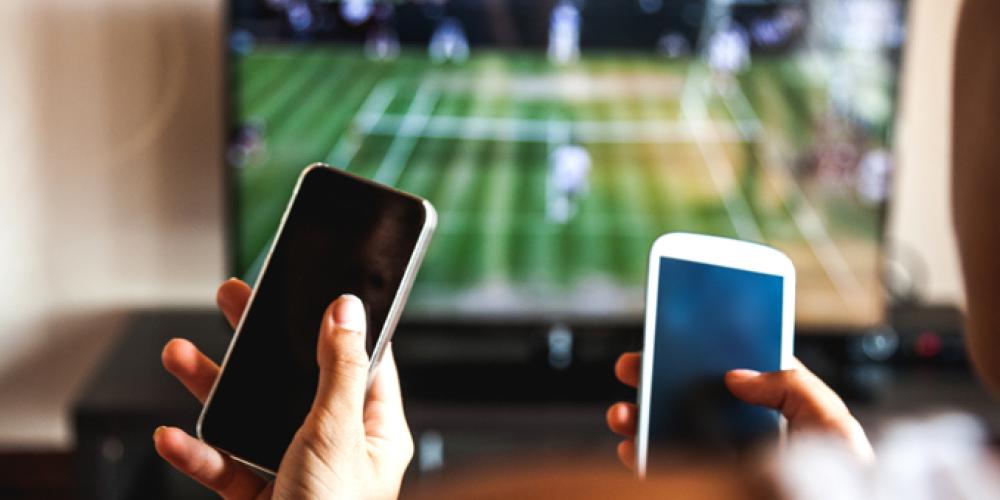The Benefits of a Synchronized TV and Digital Marketing Campaign

However, there is a huge benefit when aiming to synchronize both media campaigns that most agencies fail to take advantage of. When approached separately, there is often a disconnect between a brand's offline and online experiences that could miss potential customers. But when in sync, companies can achieve a cohesive branding campaign that maximizes marketing success.
Google, for example, has already developed a tool to help connect both online and offline marketing. Google's Attribution 360: TV Attribution program bridges digital data with television airing data in order to provide accurate information for companies to use in their marketing campaigns. This tool taps into the online behavior of an audience following their viewing of an ad on television. Answering questions in relation to the ad length, which television networks to buy airtime on, and what people search for online after viewing the ad, tools like Google TV Attribution are vital in pursuing a successful TV-with-digital marketing campaign.
After using tools like Google TV Attribution to understand the strategy needed for a successful TV-with-digital campaign, the next step would to be to setup Pay-Per-Click activity. In order to maximize success with PPC, companies should place a priority on highlighting important brand terms for their products or services. Covering key terms often associated with your brand and your competitors will help guide traffic to your brand's online presence from online searches. Coverage should include brand identifiers such as slogans and taglines to hashtags and website URLs.
With nearly two-thirds of people picking up another device during a television commercial break, it's important for marketers to recognize this opportunity to include any links to a brand's social media in television ads and PPC campaigns. Mobile devices and tablets are the usual go-to as an accompanying device when watching television, so it's best to focus on social media as over 40% of smart device usage is attributed to social media platforms like Twitter, Instagram, and Facebook. If a potential customer sees a television ad that piques their interest, they will often try to search for more about it online or visit an included social profile from the ad. Therefore, it's vital to have social media copy reflective of what audiences see on television, as it aligns a brand's offline and online presence and making transition between the two mediums seamless.
To increase further audience engagement after a click from social media or a website, it's also best to optimize your website for a more efficient, user-friendly experience. As the usual case is for television viewers jumping on their phone during the commercial break, they're typically only on their device until their show is back on- a window of roughly five-minutes. Because of this, it's beneficiary to provide an informative front page and other easily accessible quick links for the audience to absorb in the short time companies have their attention.
While it may seem daunting at first, a cohesive marketing strategy that synchronizes both TV and digital mediums is beneficial for companies that are trying to maximize their reach and brand awareness. If you're interested in pursuing a similar approach for your brand or service, Kingstar Media provides high-class expertise in both Canadian media buying and hybrid digital marketing campaigns. You can reach us on our Contact Us page here.

